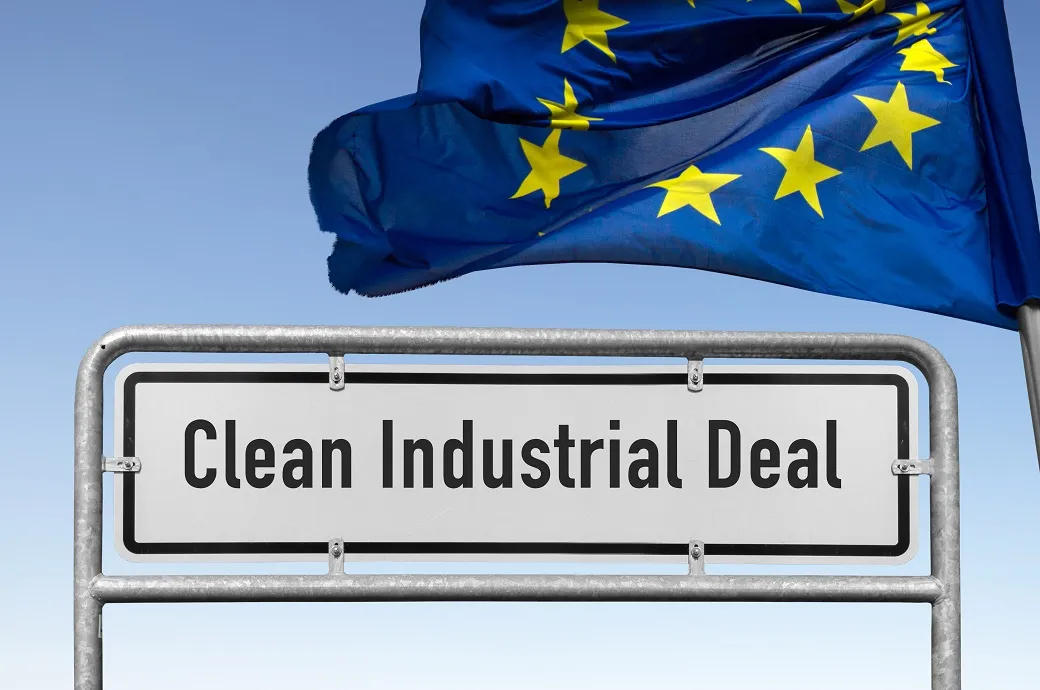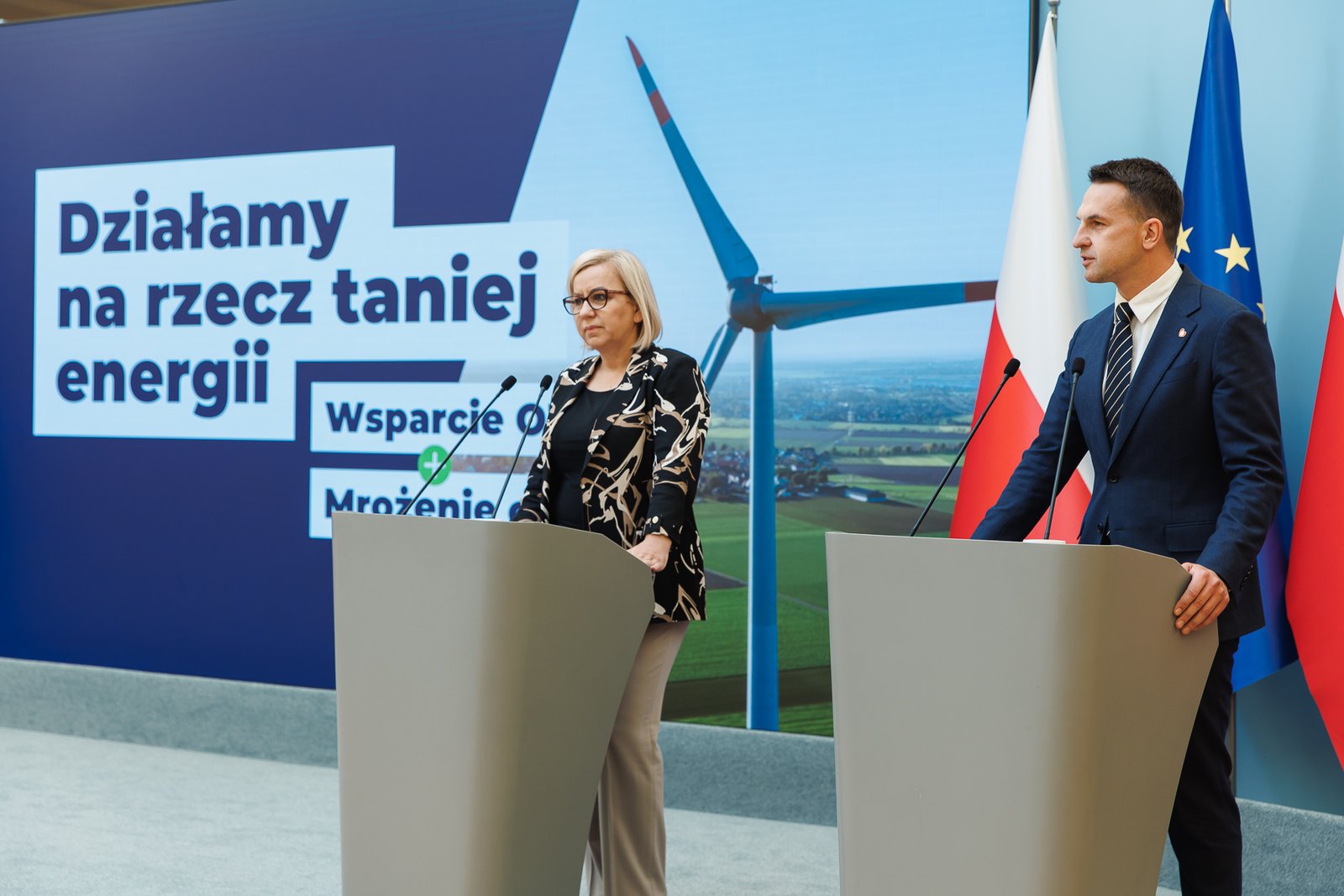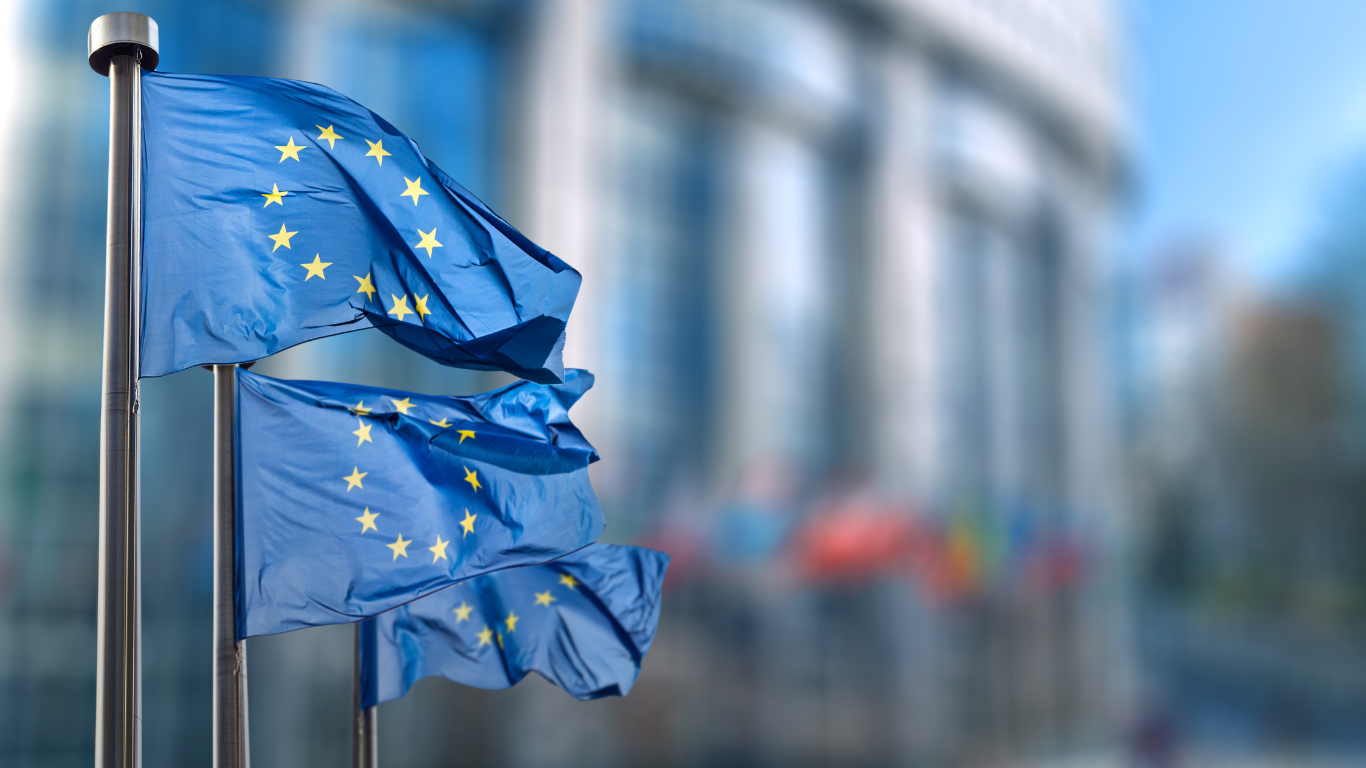The European Commission has introduced a new state aid framework to support the Clean Industrial Deal (CISAF), aiming to accelerate the development of clean energy initiatives, industrial decarbonisation, and clean technology across member states. This framework, effective until December 31, 2030, replaces the Temporary Crisis and Transition Framework that has been in place since 2022.
The CISAF outlines conditions under which member states can provide support for investments that align with EU state aid regulations, designed to prevent any unfair competitive advantage. Member states can now implement aid schemes that will facilitate the rapid deployment of renewable energy and low-carbon fuels, which are essential for reducing carbon emissions in various sectors, particularly those that are hard to decarbonise.
The new framework focuses on five key areas: 1. **Renewable Energy Rollout**: Simplified procedures aim to expedite the establishment of renewable energy projects. 2. **Electricity Price Relief**: Temporary relief measures are available for energy-intensive industries to transition to affordable clean electricity. 3. **Decarbonisation of Existing Facilities**: Support is provided for upgrading current production facilities to lower emissions. 4. **Clean Technology Manufacturing**: Assistance for developing manufacturing capabilities for clean tech within the EU. 5. **Investment De-risking**: Financial backing for investments in clean energy, decarbonisation, and projects promoting circular economy principles.
Low-carbon fuels, including blue and green hydrogen, are highlighted as critical components in the drive to lower emissions. These fuels are particularly vital for sectors that lack immediate, cost-efficient alternatives for reducing their carbon output.
New provisions allow for flexibility measures and capacity mechanisms to help member states better integrate intermittent renewable sources into their energy grids. This includes a ‘target model’ for capacity mechanisms, where states compensate electricity providers for maintaining standby capacity, which can receive expedited approval.
Member states can also support energy-intensive users by reducing their electricity costs, particularly in industries facing international competition from regions with less stringent climate regulations. In exchange for this support, companies are obligated to invest in decarbonisation technologies such as electrification, hydrogen solutions, biomass, and carbon capture.
The framework permits support for essential raw materials needed in clean technologies, ensuring a robust supply chain for renewable energy initiatives. Furthermore, to foster regional equity, member states can allocate additional resources to projects in less developed areas, as specified in regional aid maps.
Finally, the CISAF encourages demand for clean technology through tax incentives, allowing businesses to accelerate the depreciation of clean tech investments for tax purposes. This framework is a significant advancement in the EU’s strategy to meet its climate goals and promote sustainable industrial growth.




